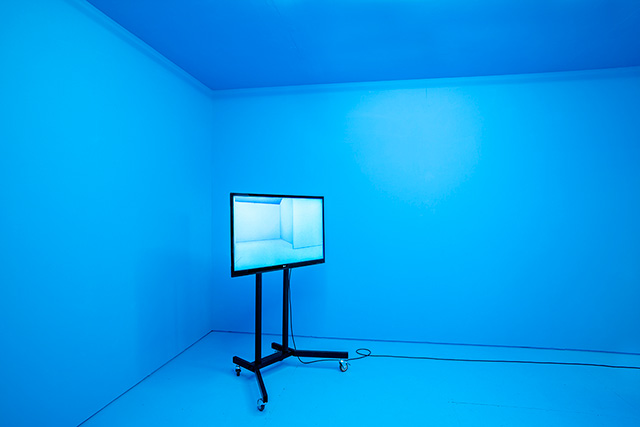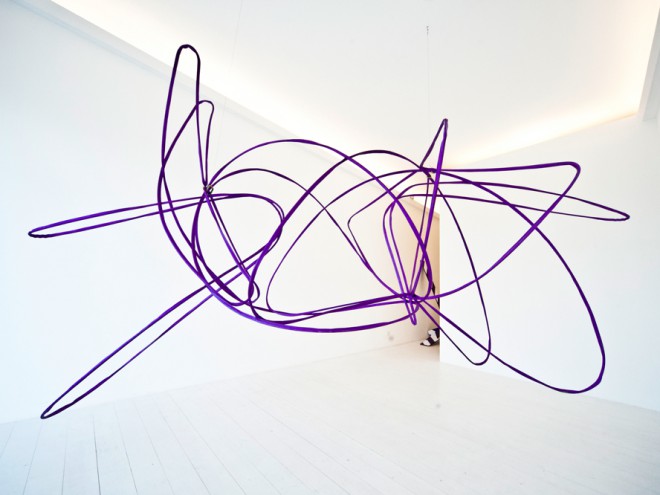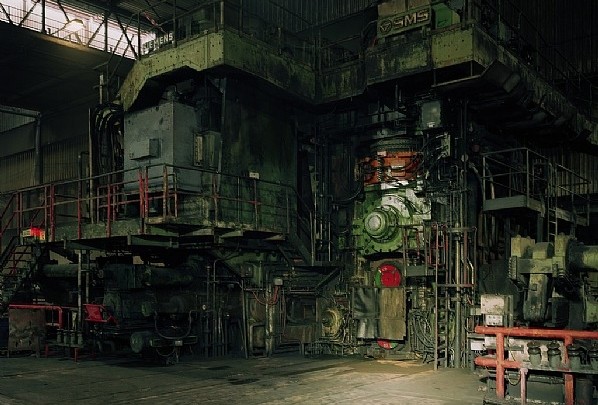Posted by Nodus Labs | March 10, 2015
Divinatory Recommender Systems: between Similarity and Serendipity
Recommender systems are the algorithms that determine what content we read, which products we buy, which movies we watch. However, most of them are based on similarity and lock us into “filter bubble” where we see only what we expect. In this article we discuss how to bring in more serendipity into the algorithms.




